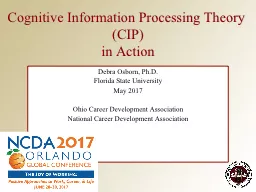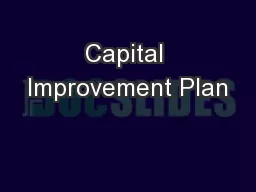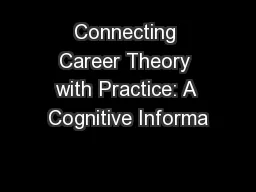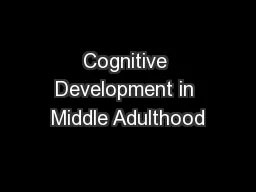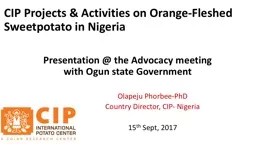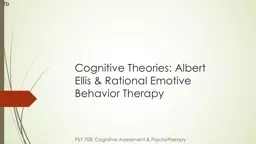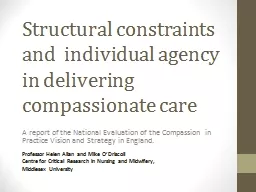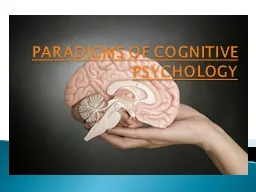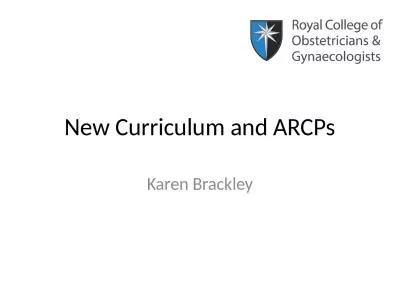PPT-Cognitive Information Processing Theory (CIP)
Author : min-jolicoeur | Published Date : 2017-11-09
in Action Debra Osborn PhD Florida State University May 2017 Ohio Career Development Association National Career Development Association Todays Goals Review theoretical
Presentation Embed Code
Download Presentation
Download Presentation The PPT/PDF document "Cognitive Information Processing Theory ..." is the property of its rightful owner. Permission is granted to download and print the materials on this website for personal, non-commercial use only, and to display it on your personal computer provided you do not modify the materials and that you retain all copyright notices contained in the materials. By downloading content from our website, you accept the terms of this agreement.
Cognitive Information Processing Theory (CIP): Transcript
Download Rules Of Document
"Cognitive Information Processing Theory (CIP)"The content belongs to its owner. You may download and print it for personal use, without modification, and keep all copyright notices. By downloading, you agree to these terms.
Related Documents

